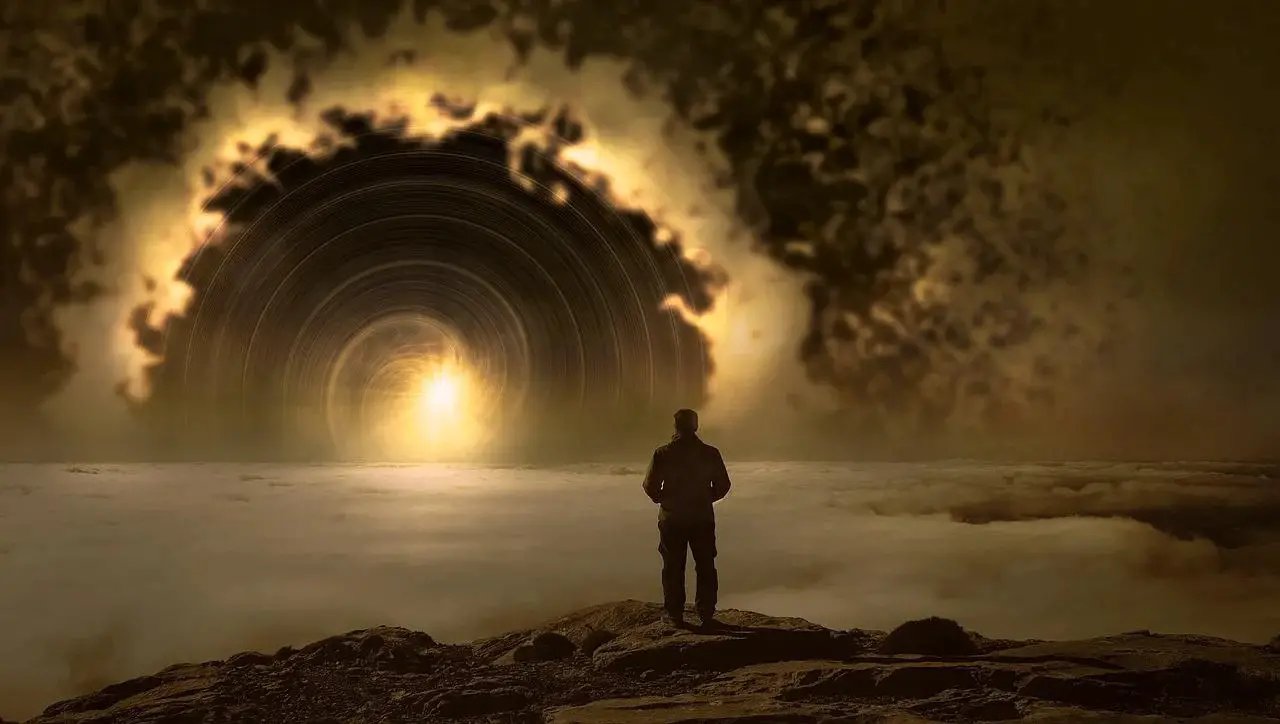
Ever notice that the end of a shift tends to have a bolus of cases? Just as you are allowed to leave the building, you find yourself with multiple studies that you need to read emergently. Usually, they are more complicated, and you don’t leave your station near when you are “supposed to be” finished. Well, this bolus phenomenon is not by any means random. Based on logic and my experiences, there is much more to this phenomenon. So, let’s go through some of the causes why you suddenly experience more cases that can often be the most difficult ones right at the end of your shift. You may be surprised at the reasons!
Transitions Are Not Smooth
Down in the emergency department, just like in radiology, no one wants to leave over work for the next ER attending shift. So, they will often order a bolus of cases so that the next physician does not have to write for them. This process causes a sudden cluster of studies in the radiology department. And, at this point, toward the end of your shift, you also feel the heat.
The ER Doctor Likes Your Work
Here is some good news/bad news for you. Guess what. Sure it’s great that the ER physician downstairs likes your dictations and diagnostic acumen. You have made a friend for life! However, that same phenomenon can lead to a bit of pain; right before your shift ends, they will try to get in as many patients as possible so that the physician downstairs will get all your dictations before the subsequent radiologist arrives. Sometimes, it does not pay to be the best!
ER Shifts End The Same Time As The Radiologist
Unfortunately, we like to begin and end shifts at typical times. Ten o’clock can be a standard time for physicians to leave. So, as the radiologist, you are not alone at that time. Therefore, you will receive the bolus of cases that need a disposition at the same time that you will leave. In this case, you can resolve this issue by changing the timing of shift changes so that they don’t coincide.
Transport Logjam
Ever take a gander outside the reading room, only to see ten patients in beds in line in the waiting area, waiting for their study. A lack of transporters can often cause this logjam. And, the same lineup often happens in reverse when they need to leave. These logistical issues often occur when your hospital does not pay enough to get these transporters to do their jobs. A hospital is only as good as its weakest link!
Pressure For Disposition, a Definite Cause For The Bolus Phenomenon
Finally, some emergency medicine physicians can become fickle. These emergency medicine physicians delay and protract until they finally decide what to do. And they must make this final decision before the end of their shift. To do so, they will probably need that definitive imaging study to confirm or refute their suspicions. So, these examinations culminate their thought processes right before they leave. You are there reading CT scans for them to reap the benefits!
The Last Case Bolus Phenomenon Is Not Random!
It feels painful to experience a large cluster of cases at the very end of your day, right before the end of your evening. However, contrary to what you might think, it is not a random process. Poor transitions, ER physician fans, problematic timing, transporters, and pressure for disposition, are all factors that often cause this bolus phenomenon. Some of these factors you can change and others not so much. It’s one of those hazards we experience when a shift is about to end. It’s just part of the job!






